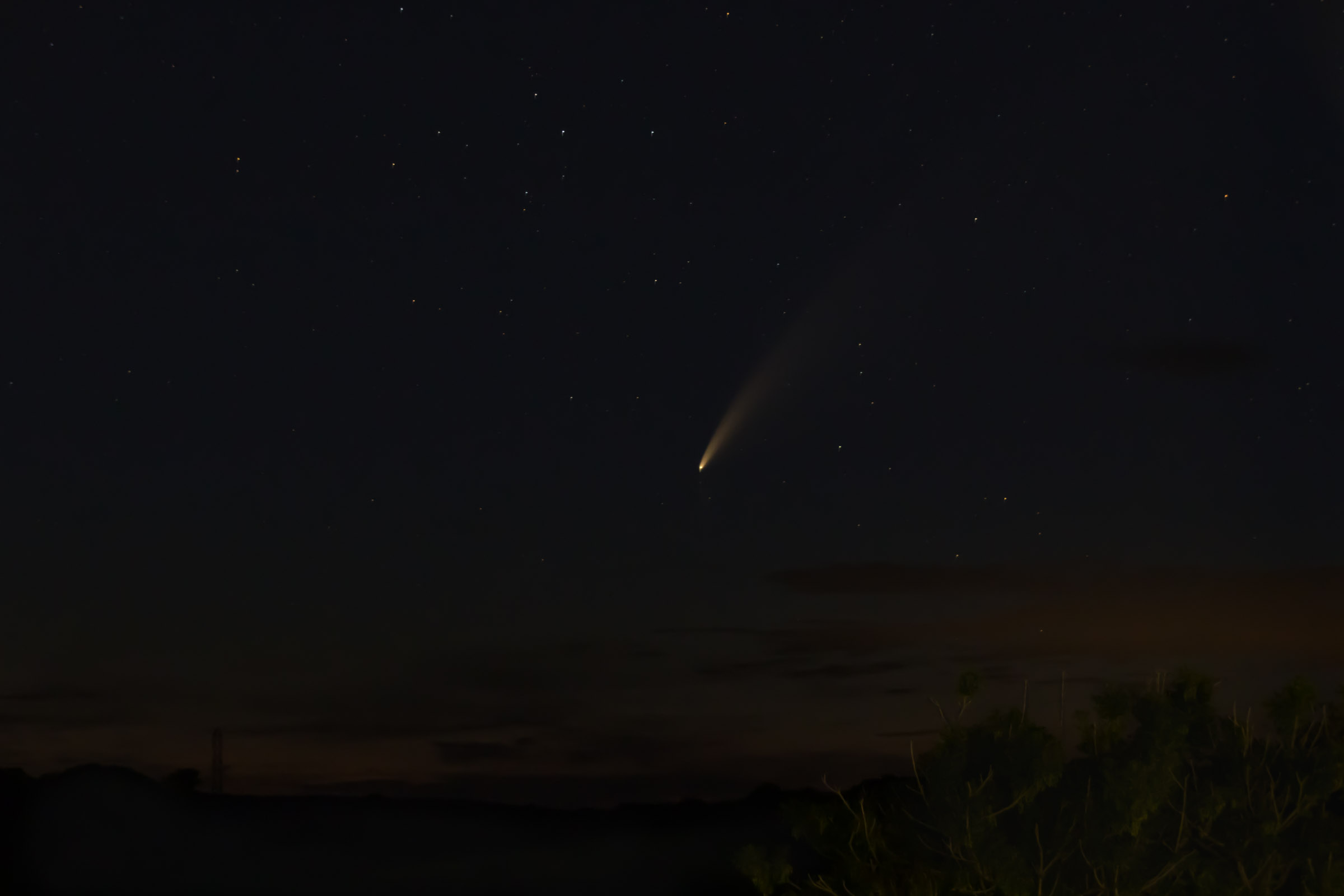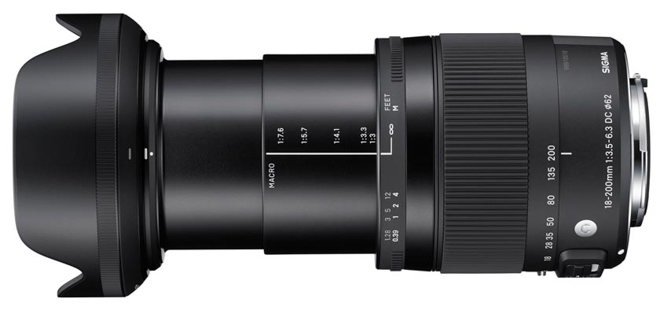I bought this lens new, alongside my Canon EOS 250D. The lens has been around for a long time, being first released back in 2005 as a standard zoom lens. The Optical Stabilisation came a couple years later and further changes have since been made to improve the overall versatility and quality of the lens. Below are my thoughts on the lens after spending a couple years with it in the field.
How does it perform?
I have used this lens extensively over the past few years and have really taken to it. I use it mainly for its designed purpose, MACRO photography. Whilst it does have the reasonably wide 18mm focal length at one end, it is not a ‘wide-angle’ lens by any means. It has all the functions one might expect on a lens of its type.
You have Optical Stabilisation available in a single mode, so it’s either on or off. I have found the OS on this lens to be exceptionally good, no stuttering or jumping at all. It will start to struggle as the lens gets closer to the subject, this has rarely if at all been an issue in day-to-day use for me though. The AutoFocus uses the HSM (Hyper Sonic Motor) system and it is very fast and rather quiet, it can be controlled via another switch on the lens body, your options are either AF (autofocus) or MF (manual focus). Obviously the lens does not weigh much, coming in at around 430g, making it no issue at all if using for extended periods of time.
I find the bokeh produced by this lens to be very attractive. By placing some distance between your subject and a distant background, the compression created in the image by this lens is also very interesting.


How does it feel?
The overall construction of the lens is good, it has a ‘nice weight’ to it and feels happy in your hands.
The zoom ring is very easy to operate but not so much so that it moves of its own accord. One handed operation of the lens is therefore very easy, as expected. The manual focus ring however leaves a lot to be desired, it is my one big issue with this lens. The focus ring rotates almost freely when in manual focus mode, it takes very little effort at all. I find this difficult to interact with at times and often get frustrated moving the focus point over, past and back several times. It is an issue I have experienced with my other Sigma lens as well. Having a firm but smooth focus ring would be a huge improvement. Playing with focus, aperture and depth-of-field are what makes MACRO photography great and it does disappoint me that this issue exists and hinders this at times.
To speak to the versatility of this lens, I have been able to take some really surprising night time shots of the sky and also of a comet that was visible during late June and July 2020 in the UK (it was visible for longer but at its best for where I am located during this time). The performance during low-light situations did surprise me and opened up a whole new world of photography with the same equipment, a lens that is marketed as a MACRO lens was taking good exposures of the night sky!


The above images surpassed my expectations for this lens. They are right at the limit of what is ‘acceptable’ as far as exposure time goes, without the use of a tracking tripod. There are rules of thumb for exposure times based on focal length to ensure you do not get any ‘drift’ in your images. The second image exceeded this theoretical amount and resulted in partial blurring of the stars. Regardless, for a first attempt at night time photography at all, let alone with this lens, I thought a few of them turned out great.
Conclusions
I find the Sigma 18-200mm lens to be very versatile and a lens that works well across the entire focal length. It was a great starting point and is something that is almost always connected to my camera whilst walking and hiking! Its a mid-priced lens in its group and has good build quality, I can’t see it leaving my camera or kit bag very soon!
